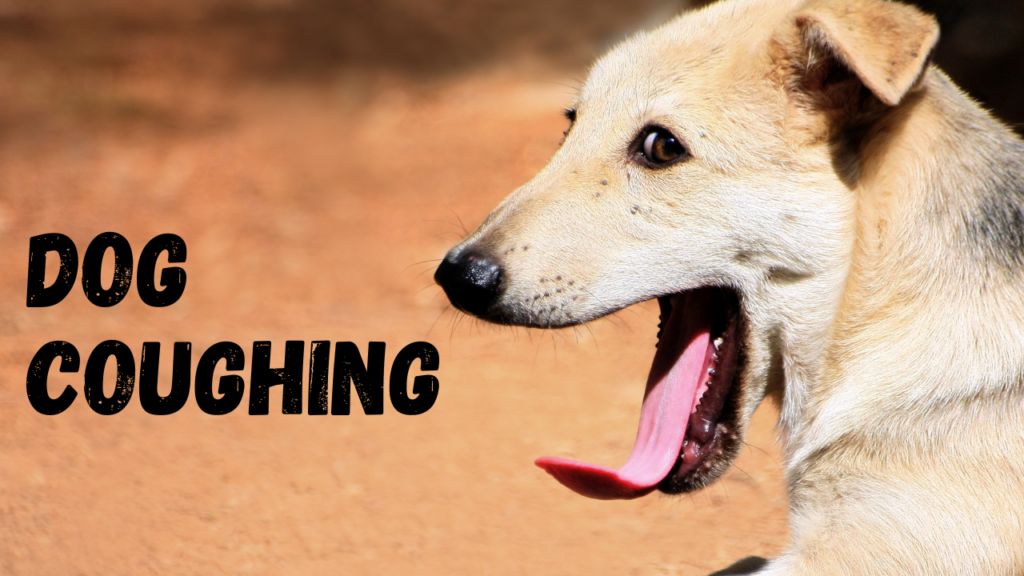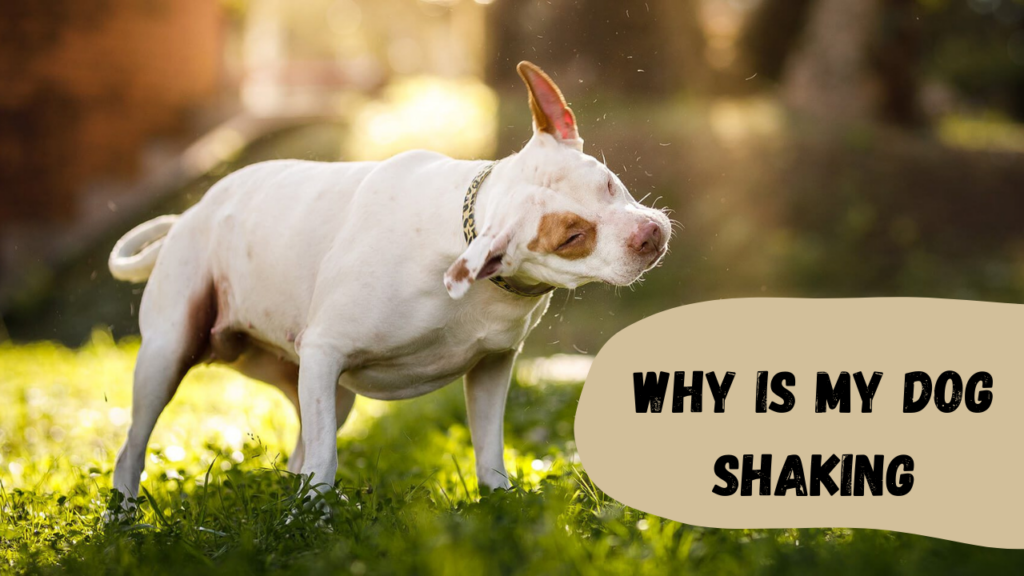Dogs, like humans, rely on their skeleton for support, movement, and protection of their vital organs. The dog skeleton is an intricate and vital system that allows dogs to move, run, jump, and perform a variety of actions with ease. In this article, we’ll take a closer look at the structure of the dog skeleton, its functions, how it supports a dog’s lifestyle, and tips for keeping it healthy.
The Structure of the Dog Skeleton
A dog’s skeleton is made up of bones, joints, cartilage, and ligaments. Dogs, like us, have a skeletal system providing support and structure. Dogs, however, vary greatly in their skeletal structure, particularly in relation to movement and body form. A component-by-component study of a dog’s skeleton is provided here:
1. Bones
Though the exact number may vary significantly depending on factors such tail length, dogs have about 319 bones throughout their body. Bones provide shape and structure to the dog’s body. The bones also help to protect interior organs including the heart, lungs, and brain.
Some of the most important bones in the dog skeleton include:
- Skull: The skull protects the dog’s brain and houses the eyes, ears, nose, and mouth.
- Spine: The spine, or vertebral column, is made up of vertebrae that protect the spinal cord and allow for flexibility and movement. The spine is divided into regions: cervical (neck), thoracic (middle back), lumbar (lower back), sacral (pelvic region), and caudal (tail).
- Ribs: The ribs protect the lungs and heart, helping the dog to breathe properly.
- Limbs: The dog’s legs are made up of bones that support movement and weight-bearing. These include the femur (thigh bone), tibia and fibula (lower leg bones), and humerus (upper arm bone).
- Pelvis: The pelvis supports the dog’s weight and is the connection point for the hind legs.
2. Joints
Where two or more bones touch, joints let movement. Throughout their bones, dogs have several varieties of joints that enable them sit comfortably, walk, leap, and gallop. A dog’s body has several common joint kinds:
- Ball-and-Socket Joints: These joints, found in the shoulders and hips, allow for a wide range of motion, such as rotation and forward and backward movement.
- Hinge Joints: Found in areas like the elbows and knees, hinge joints allow for back-and-forth motion, similar to the way a door hinge works.
- Pivot Joints: These joints allow for rotation, such as in the dog’s neck, which allows for head movement.
- Gliding Joints: These joints allow bones to slide past one another, such as in the wrists and ankles.
3. Cartilage
A smooth, flexible substance called cartilage covers the ends of bones in the joints. It allows bones to glide effortlessly over one another and offers cushioning. Maintaining joint health and avoiding wear and tear from continuous activity depend on this especially.
4. Ligaments and Tendons
Tough, elastic strands of tissue called ligaments link bones to other bones. Like ligaments, tendons link muscles to bones. These tissues are essential for joint support, mobility facilitation, and stability preservation in the dog’s body.
Functions of the Dog Skeleton
The dog skeleton plays several important roles in a dog’s life. It covers internal organs, offers structural support, and helps mobility. The dog skeleton’s key functions are as follows:
1. Support
The skeleton supports the weight of the dog’s muscles, organs, and tissues, hence providing the structure for its body. A dog without a strong skeleton would be unable to stand, walk, or move.
2. Movement
Working together, the bones, joints, and muscles let the dog move. The muscles generate joint mobility by pulling on the bones. Known for their agility, speed, and leaping ability, dogs all have their skeleton to thank for these qualities.
3. Protection
Many bones in the dog’s body guard important organs. The skull guards the brain; the rib cage protects the heart and lungs. The spine guards the spinal cord; the pelvis protects the reproductive and digestive organs.
4. Blood Cell Production
Inside certain bones, like the femur, the bone marrow generates red blood cells, which are absolutely vital for oxygen transport all across the body. Bone marrow also generates platelets and white blood cells, which support blood clotting and immune defense.
5. Storage of Minerals
Bones hold vital minerals like calcium and phosphorus. These minerals not only support bone strength but also influence other body processes including muscular function and nerve transmission.
How the Dog Skeleton Supports Movement
A dog’s skeletal system is meant to encourage fluid mobility. Dogs are made for sprinting, chasing, and leaping; their bones and joints are just right for these tasks.
A flexible spine lets dogs run with a flowing, beautiful manner. While the ball-and-socket joints in the shoulders and hips allow them the range of motion required for quick movement, the bones in their legs assist sprinting and leaping. During physical exercise, the ligaments and tendons function in concert to provide stability, control, and efficiency.
Relying on their bones to attain great speeds and execute remarkable physical feats, dogs—especially energetic breeds like Greyhounds or Border Collies— The length and shape of the legs together with robust, flexible joints help them to easily cross great distances.
Caring for Your Dog’s Skeleton
A dog’s skeletal health is essential for its overall well-being, and there are several ways you can help maintain and improve the health of your dog’s bones and joints:
1. Regular Exercise
Exercise is important for keeping bones and joints healthy. Walking, running, or playing fetch every day are all good ways to keep bones and joints strong and flexible. But you should base your dog’s training plan on its breed, age, and health. For example, dogs should stay away from activities that are too hard on their growing bones.
2. Proper Nutrition
A healthy food is important for strong bones. Make sure that the vitamins and minerals in your dog’s food are balanced, such as calcium, phosphorus, and vitamin D. They are very important for bone growth and strength. You might be given vitamins to help your dog’s bones stay strong if they have problems with their joints or bones.
3. Maintain a Healthy Weight
Putting extra weight on a dog puts stress on its bones and joints, which makes it more likely to get diseases like hip dysplasia or arthritis. Keeping your dog at a healthy weight will help their bones stay strong and prevent joint problems down the road.
4. Regular Vet Check-ups
Regular trips to the vet are important for keeping your dog’s health in general, especially their bones. A doctor can spot early signs of skeletal problems like arthritis, hip dysplasia, or fractures and then suggest the right treatments or ways to keep these problems from happening.
5. Joint Supplements
Joint products with glucosamine, chondroitin, and omega-3 fatty acids can help older dogs or dogs that already have joint problems stay healthy and reduce swelling. Before giving your dog any new vitamins, you should always talk to your vet first.
6. Safe Environment
Make sure your dog has a safe and comfortable place to live. If you have a dog that is older, stay away from floors that are too slippery. They could hurt their bones or joints if they fall or slide. Make sure your dog can easily get to food, water, and places to play, and give them soft blankets to curl up on.
Conclusion
The dog skeleton gives the body shape, helps it move, and protects it. If you know about the basic structure and function of a dog’s spine, you can better take care of your pet and make sure they stay healthy, active, and comfortable their whole lives. A healthy diet, regular exercise, and keeping your weight in check are the main things that keep your bones and joints strong. Taking care of your dog’s bones will help them live a long, healthy, and active life.

Andy Parker is a dog lover, writer, and senior editor at BarkPicks. With years of experience covering canine health, training, and gear, he helps pet parents make smarter choices for happier, healthier dogs. Andy shares his home (and heart) with two rescue pups, Charlie and Mia.



